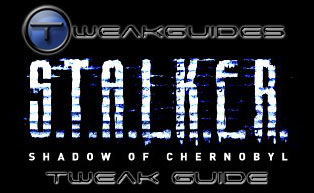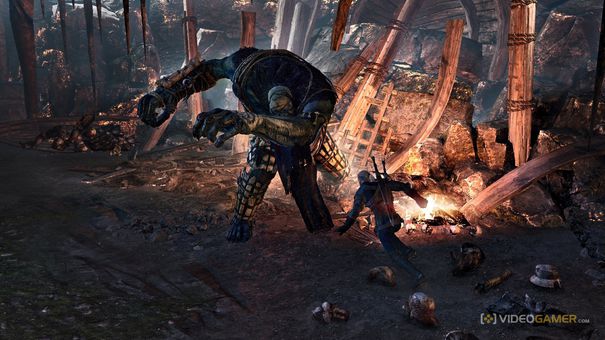RailsRails are a tool crafted with a crafting table by forming an ‘H’ where the two vertical lines are entirely iron ingots, and the ‘bridge’ in the middle is a single stick. These tools are used to enable minecart travel, which is almost as fast as sprinting whatever distance, and considerably faster than walking. Rails will naturally place in the direction you are facing, but if there is another piece of rail next to them, they will instead align with that piece of rail, creating a continuous line of rail tracks. They will also turn, if they are touching the faces of two other rail pieces, so that the set of three will create a continuous rail system. Things get very complicated with more pieces of adjacent track than that, so that will be covered later in its own section.
Rails cannot go up or down vertical surfaces, however they will diagonally bridge up one level crossing blocks. This means that after creating a ‘stairway’ of whole blocks, tracks can be laid that will slope down the entire ‘stairway’ at a 45 degree angle. Such slopes can be used with minecarts to create an easy method of traveling very long distances without having to touch any keys.
Rails will be ripped up by flowing water or lava that runs into them- and lava will virtually always destroy them in the process. This is partly because, like ladders and vines, they ‘occupy’ the block that they are in, adjacent to the one they are ‘on’.
While a bit expensive in iron, rails are generally considered the best way of traveling available in the entire game.
Powered RailsPowered rails are created by creating an H in the crafting table’s crafting space just like with rails- however, they use gold instead of iron, and they require a ‘unit’ of redstone powder be used as well, in the space below the stick that ‘bridges’ the gold lines. For the most part, powered rails act like regular rails, but they have a varying effect on minecarts.
When a minecart crosses a powered rail that is not connected to power (via redstone ‘wire’ and a redstone torch or lever), it will immediately slow it down. It is possible to get a minecart moving fast enough to ignore the powered rail in this state, but it takes a lot of acceleration.
If the rail has power, though, it will accelerate minecarts- in three circumstances. First off, if a minecart is already moving and hits an active powered rail, it will accelerate in the direction it’s already going. Secondly, if the minecart is stationary, but one end of the powered rail is touching a block, the rail will accelerate the minecart away from that block. Finally, if the minecart is sitting on the inactive powered rail on a slope thanks to the deceleration, and the rail ‘turns on’, the cart will be released- and then, since it’s moving in a direction, it will be accelerated in that direction (usually downhill).
The power for a powered rail can be from any location adjacent to the block the rail is sitting on, or from the space adjacent to the one the powered rail ‘occupies’, regardless where the block that power source is attached to actually rests.
Each ‘active’ powered rail a minecart crosses provides it with enough acceleration to let it cross up to 80 squares of level rail.
As an additional quirk, powered rails can only be ‘turn’ pieces if one of the directions they are trying to connect to is East by the reckoning of The World.






 Crafting the New World: RuneScape 3 Interview
Crafting the New World: RuneScape 3 Interview Dark Souls Asylum Demon Guide
Dark Souls Asylum Demon Guide STALKER: Shadow of Chernobyl Tweak Guide
STALKER: Shadow of Chernobyl Tweak Guide Sleeping Dogs Stick Up and Delivery Mission Walkthrough - GamersHeroes
Sleeping Dogs Stick Up and Delivery Mission Walkthrough - GamersHeroes E3: The Witcher 3 Behind Closed Doors Demo: Game of the show?
E3: The Witcher 3 Behind Closed Doors Demo: Game of the show?